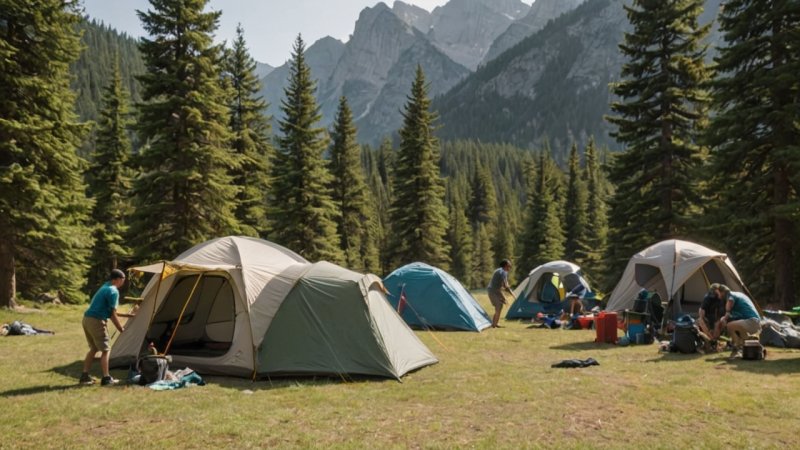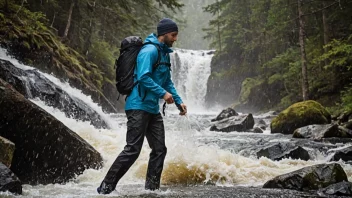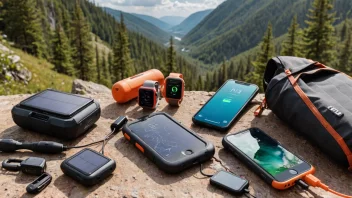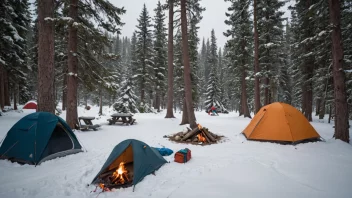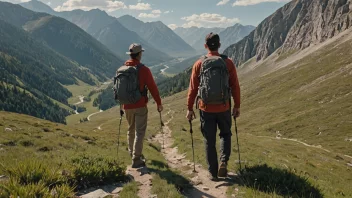Introduction
Planning a group camping trip can be a rewarding adventure filled with memories, laughter, and connection with nature. However, organizing such an outing requires thoughtful preparation and the right gear to ensure everyone has a great time. In this article, you will learn how to effectively plan a group camping trip, what gear you need, and tips for ensuring a smooth experience for everyone involved.
Step 1: Determine the Group Size and Preferences
Before diving into the logistics of your camping trip, you need to know how many people will be joining you. Understanding your group's preferences will also help tailor the experience.
- Gather a list of attendees: Create a list of everyone interested in going. Consider using a group messaging app for easy communication.
- Discuss preferences: Talk to your group about their camping style—do they prefer a more rugged experience or something more comfortable?
- Set a date: Coordinate schedules to find a suitable date that works for the majority.
Step 2: Choose a Suitable Campsite
Finding the right campsite is crucial for a successful trip. Here’s how to go about it:
- Research locations: Use online resources and apps that provide information about different campgrounds. Look for features like proximity to trails, water sources, and amenities.
- Consider accessibility: Make sure the site is accessible for all group members, including those with limited mobility.
- Check availability: Reserve your campsite as early as possible, especially during peak seasons.
Step 3: Create a Gear Checklist
Having the right gear is essential for comfort and safety during your camping trip. Create a comprehensive checklist that includes:
- Tents: Ensure you have enough tents for everyone, considering the group size.
- Sleeping gear: Include sleeping bags, sleeping pads, and pillows.
- Cooking equipment: Don’t forget portable stoves, cookware, utensils, and a cooler for food storage.
- Clothing: Remind everyone to pack appropriate clothing for the weather and activities.
- Safety gear: First aid kits, flashlights, and multi-tools are must-haves.
Step 4: Assign Responsibilities
To ensure everything runs smoothly, assign different responsibilities to group members:
- Food and cooking: Designate a few people to handle meal planning, grocery shopping, and cooking duties.
- Gear transport: Organize who will bring specific gear items or who will drive.
- Setup and teardown: Assign a team for setting up tents and tearing down camp at the end of the trip.
Step 5: Plan Activities
To maximize enjoyment, plan a mix of activities for the group:
- Hiking: Research local trails suitable for varying skill levels.
- Games: Bring outdoor games like frisbee or cards for evening entertainment.
- Campfire stories: Encourage everyone to share stories or skills around the campfire.
Step 6: Communicate and Prepare for Contingencies
Effective communication is essential for a successful trip. Make sure everyone is on the same page:
- Group chat: Create a group chat to share updates and important information.
- Emergency plans: Discuss safety procedures, such as what to do in case of bad weather or an injury.
- Pack extra supplies: Bring a little extra food and gear in case of unexpected circumstances.
Conclusion
Organizing a group camping trip can enhance your outdoor experience and create lasting memories. By following these steps—determining group size and preferences, choosing a suitable campsite, creating a gear checklist, assigning responsibilities, planning activities, and ensuring communication—you will set your group up for a successful adventure. Remember to relax, enjoy the great outdoors, and bond with your friends while making the most of your time together.
